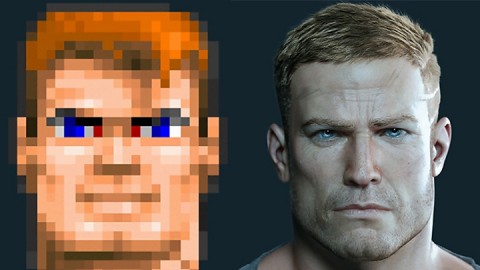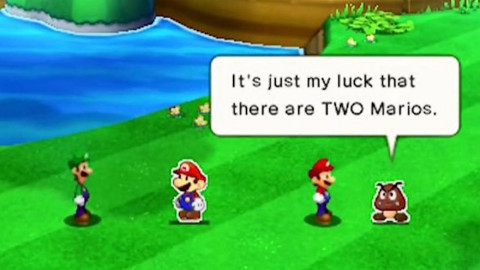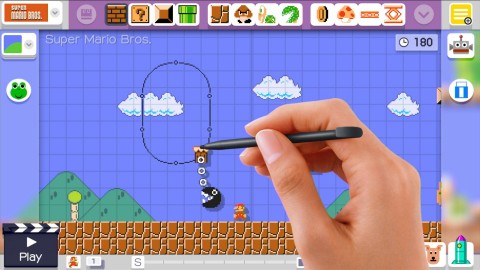
Bravely Second: End Layer turns play into labor
Bravely Second is as unfortunate a title for a sequel as Bravely Default was for its predecessor. Where the phrase “Bravely Default” seemed to suggest that it would somehow be valiant for you to keep doing whatever you would have ordinarily done anyway, “Bravely Second” is poised to become a snowclone to tag onto any sequel that boldly exists in spite of the fact that no one especially wanted it. Horrible Bosses 2: Bravely Second. Or, a slight tweak on the form, Harry Potter and the Cursed Child: Bravely Eighth. Of course, the title isn’t as bad as it seems…







